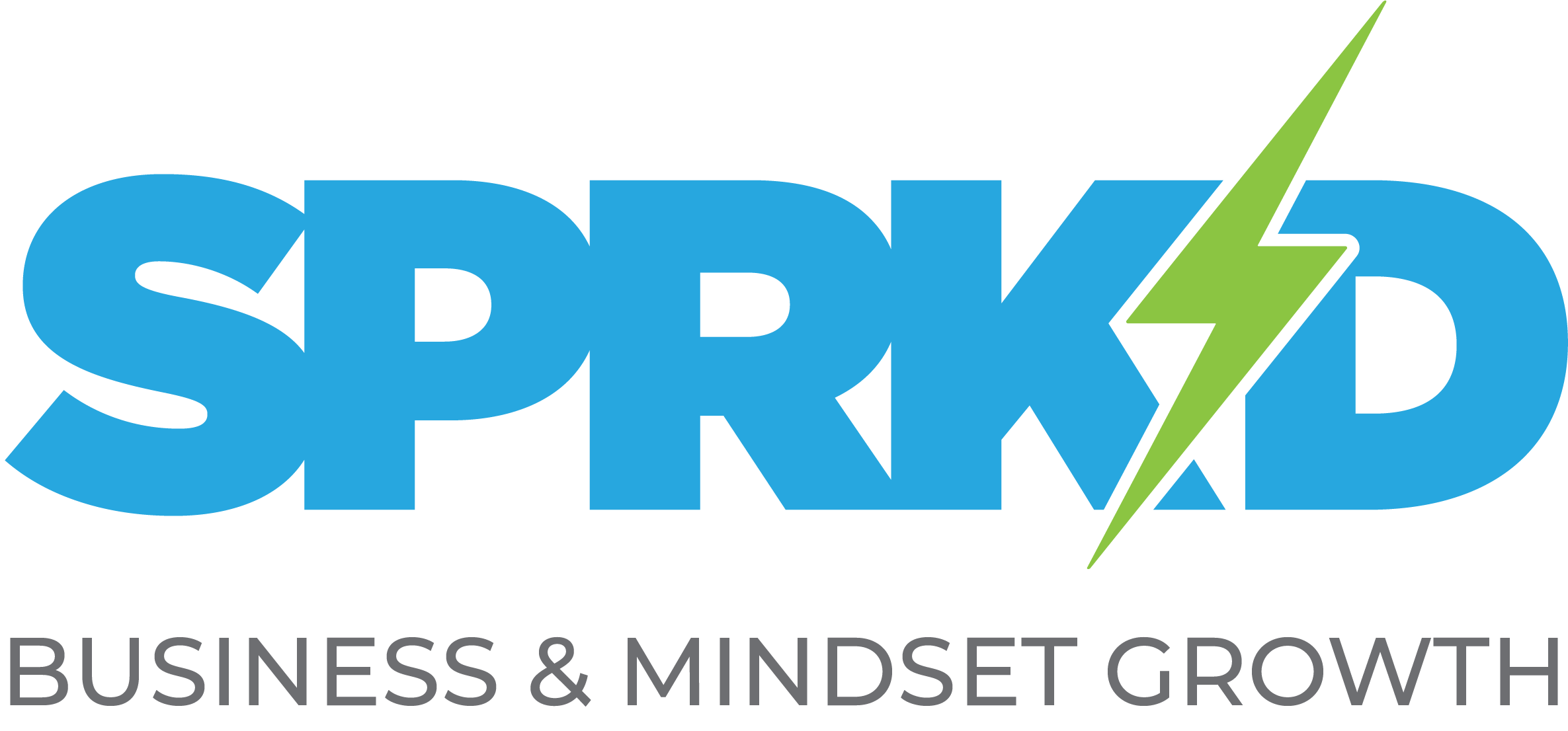Build a business you love to lead. Create the life you want.
How email list segmentation can help your business
 Editor’s note: This post was originally published on September 9, 2014. It has since been updated to reflect industry changes.
Editor’s note: This post was originally published on September 9, 2014. It has since been updated to reflect industry changes.
Many marketers understand the importance of email to their content marketing strategy: It’s an essential tool for keeping customers in the loop about new blog posts, sales, new products, and so forth.
But of all the marketing emails you receive every day, how many do you find helpful and relevant — and how many actually inspire you to take action?
To ensure you’re sending the right message to the right person at the right time, you need to segment your email lists. Here’s how email list segmentation can help you to send targeted communications that directly address your subscribers’ needs.
What is email list segmentation?
Email segmentation is the process of intentionally dividing your lists into different subgroups, in order to send more personalized messages to each list.
Common segmentation criteria include demographics information like age, geography, and profession.
But you’ll want to use more sophisticated criteria in order to really dig deep into your subscribers’ behavior. To that end, you might use criteria like:
- Subscriber engagement
- Website behavior
- Position in the buyer’s journey
- Purchasing history
- Buyer personas
Once you’ve gotten comfortable with the concept, you’ll realize that there are countless ways you could segment your email lists. Choosing the most effective criteria will ultimately depend on your marketing and business goals.
For more segmentation inspiration, check out HubSpot’s recommendations for 30 ways to segment your email lists.
Why does email list segmentation matter?
Good list segmentation capitalizes on the fact that your subscribers have different needs and interests from each other. For example, if you’re offering a holiday discount on your product, you might hold off on sending this offer to people who aren’t ready to buy yet.
This strategy helps you generate stronger results and improved customer relations:
Increased open and clickthrough rates
By sending your subscribers emails that are tailored to what they need and where they are in the sales cycle, you’re more likely to persuade them to respond the way you want.
- Open rates are 14.31% higher than non-segmented campaigns
- Clickthrough rates are 100.95% higher than non-segmented campaigns
Develop trust and customer loyalty
When your subscribers realize that your messages directly address what they want and need, they’ll be more likely to trust your brand.
And who knows? They might even start looking forward to getting your marketing emails!
Data from MailChimp indicates that:
- Bounce rates are 4.65% lower than non-segmented campaigns
- Unsubscribe rates are 9.37% lower than non-segmented campaigns

How do I use list segmentation in my email marketing?
Implementing list segmentation can be tricky, especially if you’ve already amassed a fairly sizable email list that needs to get sorted through.
To help streamline your efforts, here are 6 steps to help you identify your segmentation priorities:
1. Define “important” data points
You can’t develop an effective list segmentation strategy without data. But not all data is created equal. The data your company needs is determined by what you sell, and who you’re selling it to.
For example, if your company offers translation services, it might be good to know where your leads are based and their language proficiency levels.
2. Identify the data you already have — and the data you need to have
In marketing, you’re essentially using data-driven insights to persuade people to move further along the buyer’s journey. This means that you should prioritize collecting data that will help you to meet your conversion goals.
You’ll want to figure out:
- What important data are we already able to use? If you’ve already been tracking the property you need on all of your contacts, you’re in a great place to move on to the next step.
- What important data do we have — but isn’t yet ready to be used? Maybe you have data on your contacts’ income levels, but it’s just not organized into any usable format right now.
- What important data do we need to start tracking? You don’t have this data yet, which means you need to figure out how to get it from your leads.
If you’ve been doing email marketing for a while, chances are you’ll have information across all three categories.
3. Develop your buyer personas
At Sprk’d, we love buyer personas: They’re an invaluable tool for getting to know your ideal customer really, really well.
By helping you to visualize your customers’ story, well-crafted buyer personas enable you to design email campaigns that specifically target the recipient’s pain points — which, in turn, drives higher engagement and conversion rates.
Use the data points identified in the previous steps to shape your buyer persona research. Broadly, you’ll want to find out:
- Relevant demographic information about the customer
- What they’re looking to accomplish
- What professional challenges they’re facing
For a more in-depth look at researching buyer personas, check out our blog post on 21 essential questions to ask in a buyer persona interview.
{{cta(‘b4072603-475d-411c-90b0-5cda6b493ec6’)}}
4. Choose an email marketing platform
For starters, you’ll need an email marketing platform that can handle list segmentation — or else you’re just collecting data that you can’t actually use!
The Sprk’d team swears by HubSpot: an all-in-one content management system (CMS) that automatically helps you sort your contacts based on form submissions as well as behavioral data. For more information on how HubSpot’s lists work, check out their blog post on the topic.
But if you’re not ready to commit to a paid platform just yet, MailChimp is a great place for getting started.
5. Develop strategies to capture and refine lead data
You need to start gathering the data you need — especially if it’s new data that you don’t currently have on hand.
If it’s for a new lead, you can simply update your landing page forms to ask for the most relevant data points.
But if you’re updating the data for an existing lead, here are several strategies you could use:
- Offer your subscribers an incentive to update their profile and email preferences.
- Tailor your forms according to the type of content offer the lead will receive.
- Use unique landing pages for each email campaign.
- Use progressive profiling to collect new insights the next time a lead fills out a form. (You’ll need to invest in a more powerful CMS like HubSpot in order to do this.)
6. Track your email campaign analytics
Last but certainly not least, you should continually track how your campaigns are performing, and adjust your strategies according to what’s working and what’s not. Keep an eye on what gets opened, what drives clicks, and what type of content generally performs better with different segments.
In particular, you’ll want to set concrete parameters to define success for each metric you’re measuring. We recommend using the S.M.A.R.T. framework.
Based on these analytics, make small, iterative changes to your subsequent emails. Seemingly trivial differences (like email titles and number of visuals) can hugely impact your campaign’s success, and you want to nail down what works best for each customer segment.
The importance of getting your buyer personas right
Well-crafted buyer personas lie at the heart of all strong email list segmentation strategies. Our FREE buyer persona template will help you easily keep track of everything you need to ask during the interview process — download it now!
Recent Posts
UNLOCK YOUR POTENTIAL IN 30 MINUTES
👀 Seeking efficient solutions to the business, marketing, or mindset challenges you face?
🚀 Ready to take your business to the next level?
⏰ Short on time?
QuickWin Coaching is designed with you in mind. Why waste hours in lengthy coaching sessions when you can achieve remarkable results in a mere 30 minutes?




